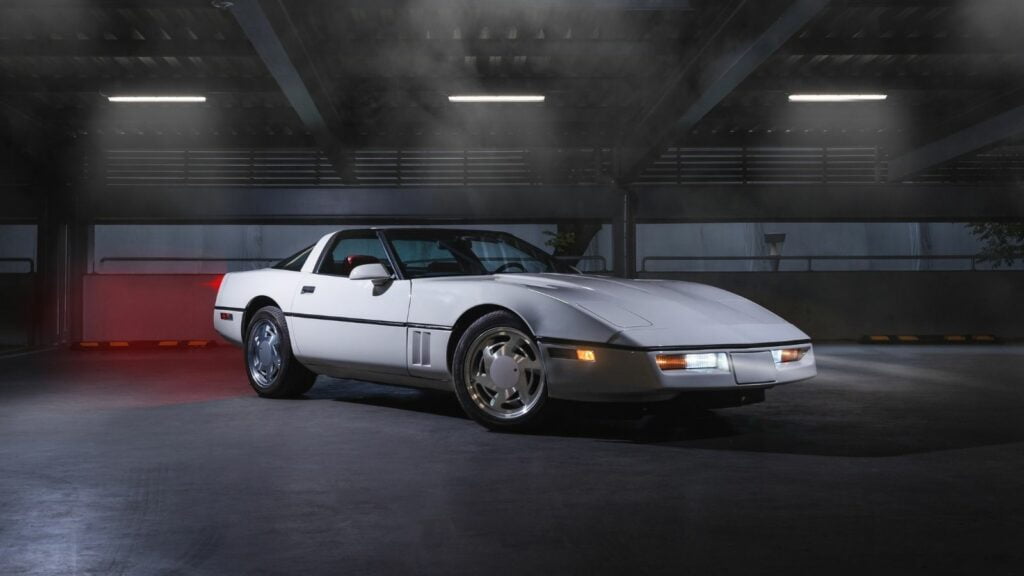In contemporary times, ‘modern’ layouts and designs in the automotive industry are products of numerous groundbreaking innovations. Several cars have contributed to and refined these conventional designs, whose exterior and interior are futuristic. These revolutionary designs were not merely for aesthetics but have contributed to the performance and functionality of these vehicles. They laid the blueprint for greater innovations that were eventually adopted and made standard in the industry. Here are 13 revolutionary car designs.
Mercedes-Benz W
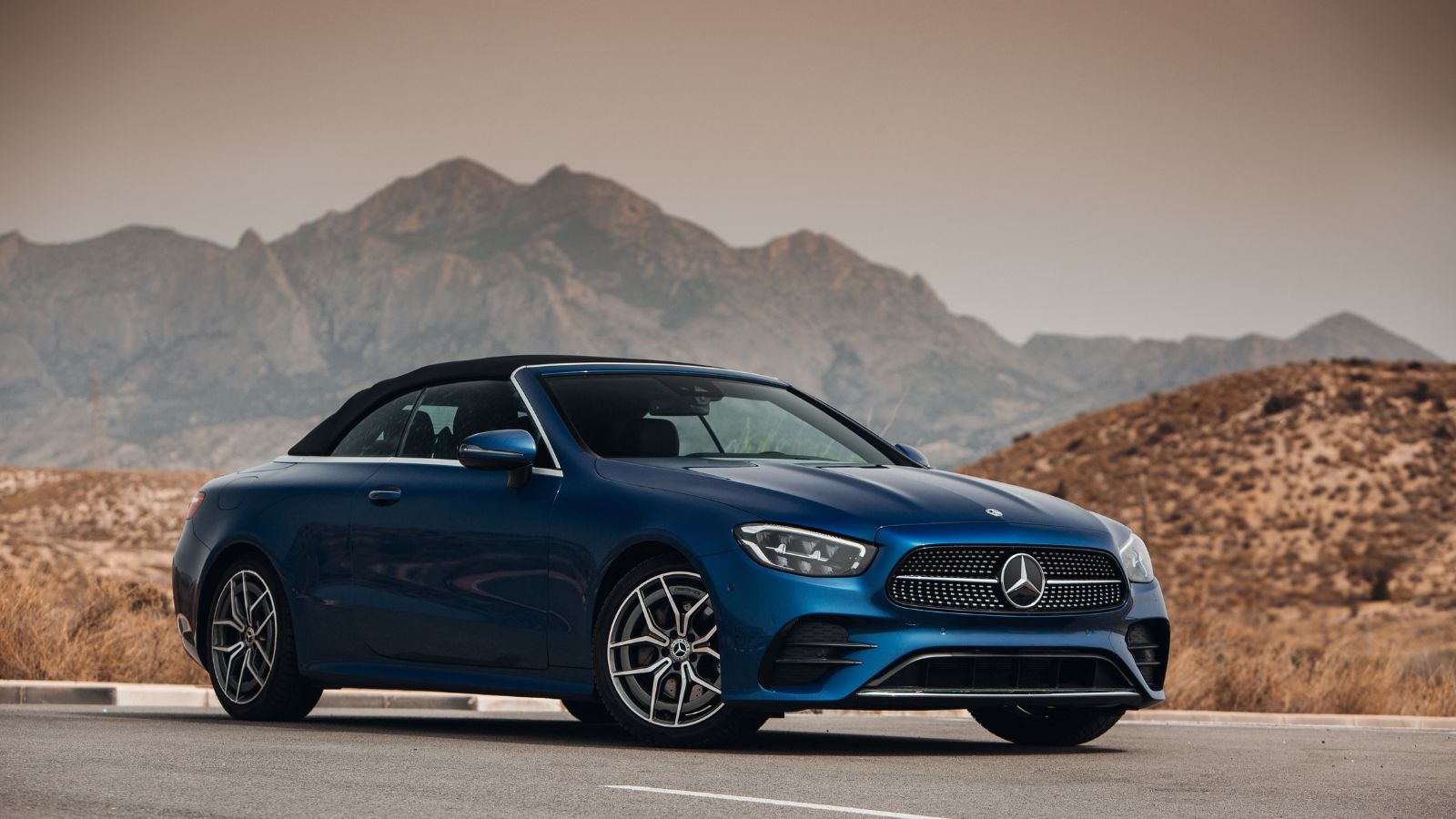
The Mercedes-Benz W114 and W115, commonly called “Strich Acht,” departed from their previous ‘fintail’ design. The interior of this vehicle was transformed, featuring a new padded steering wheel with a four-hole design. With sleek, elegant lines and enhanced rear axle layout, these revolutionary models marked a new era of Mercedes BenZ design philosophy.
Ford Model T
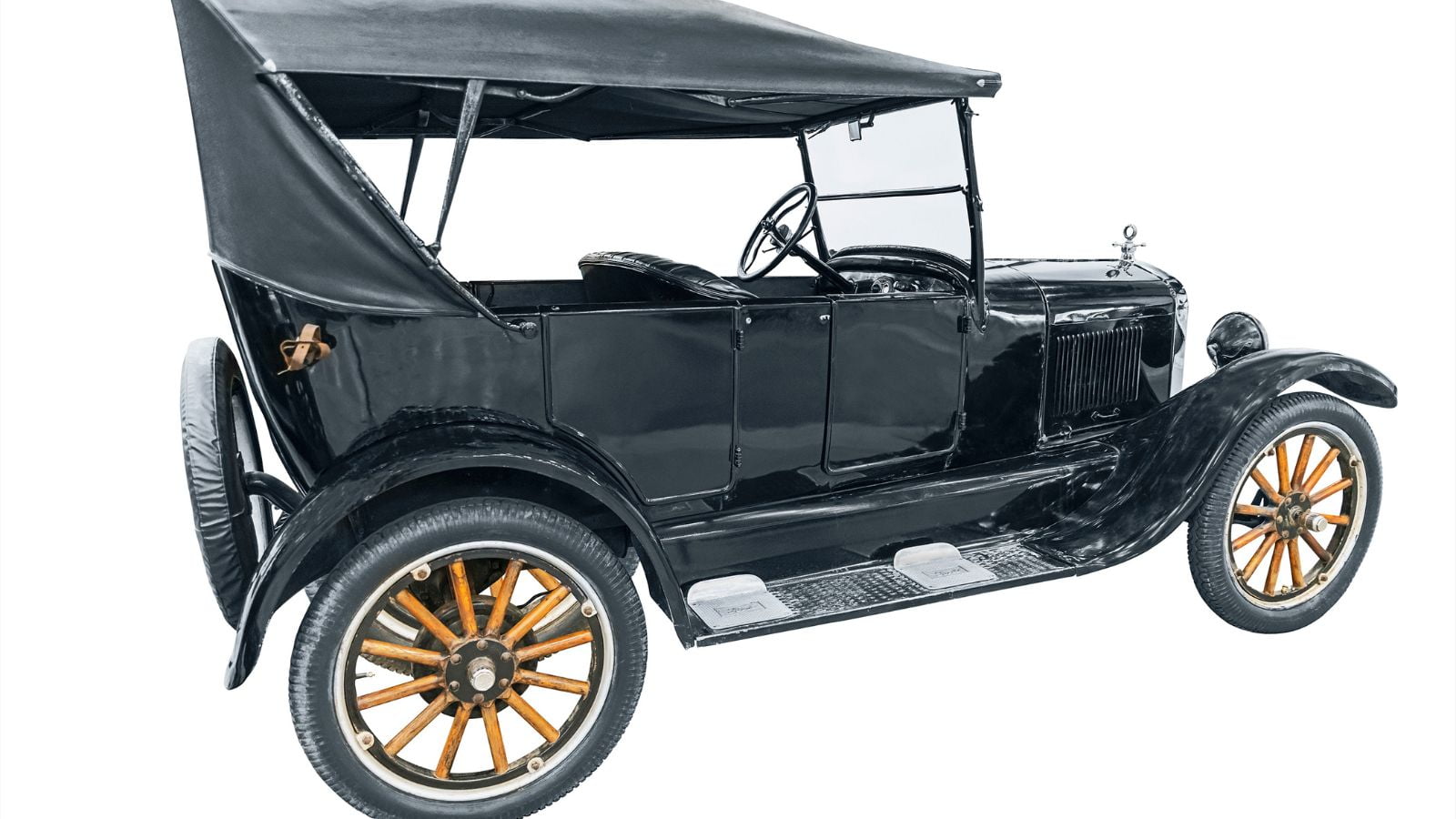
The Ford Model T, introduced in 1908, was designed by Henry Ford, Charles Harold Wills, and József Galamb e Jenő Farkas. As one of the first mass-produced cars, the minimalist design transformed this industry. The Model T’s assembly-line techniques reduced costs and made the car affordable for everyone. Its revolutionary design was marked by a high body made of wood and steel with a basic stagecoach-like open top.
Volkswagen Beetle
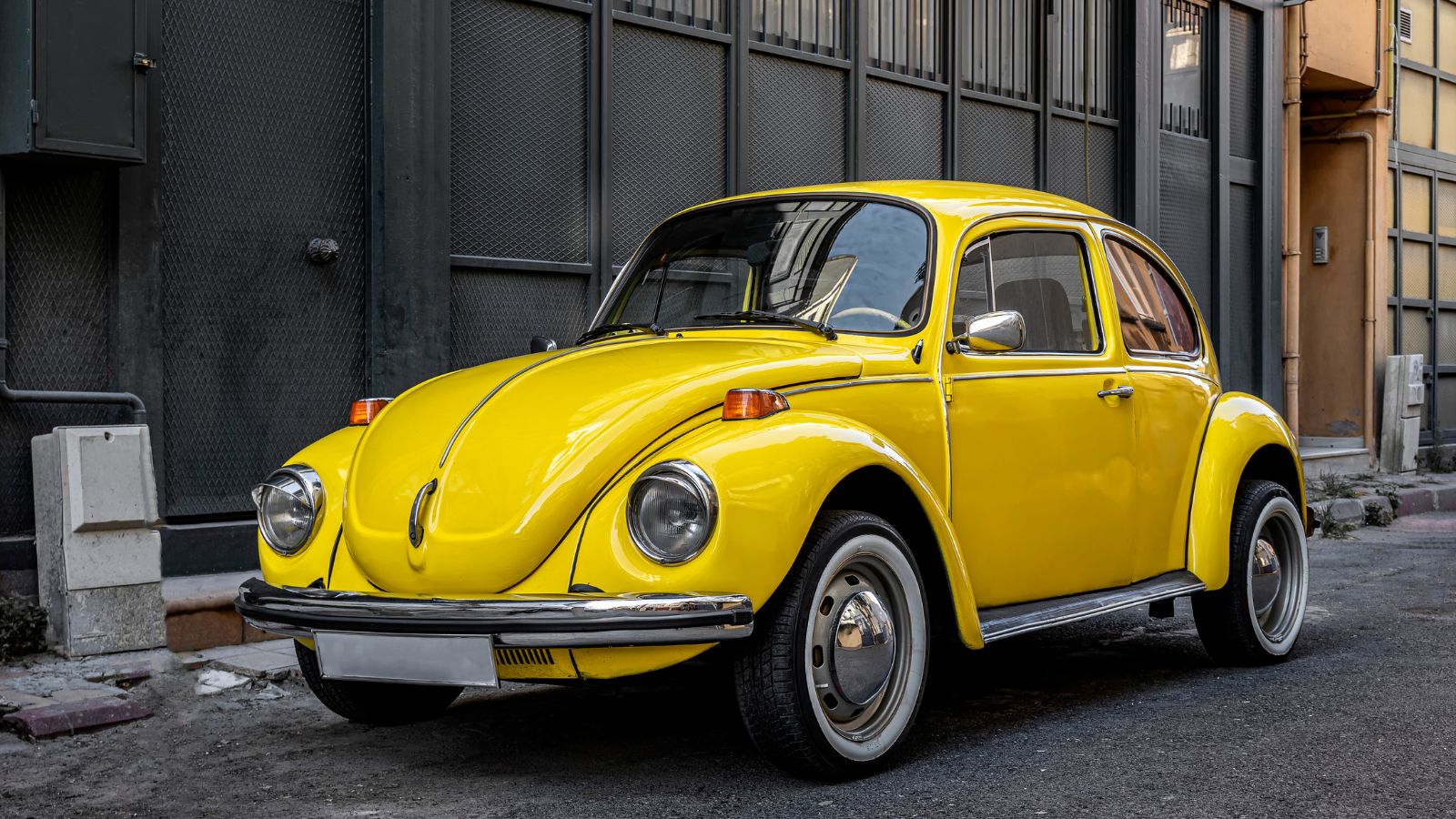
The Volkswagen Beetle was designed in Germany as a people’s car aimed at affordability and mass production. Its unique boxy shape with round curves and rear engine was a revolutionary car design. Unlike its competitors, this vehicle was practical and fuel-efficient in the urban landscape, influencing compact cars. This vehicle has become a legendary cultural icon and cult classic, influencing cars to make versatile vehicles for the city landscape.
Chevrolet Corvette
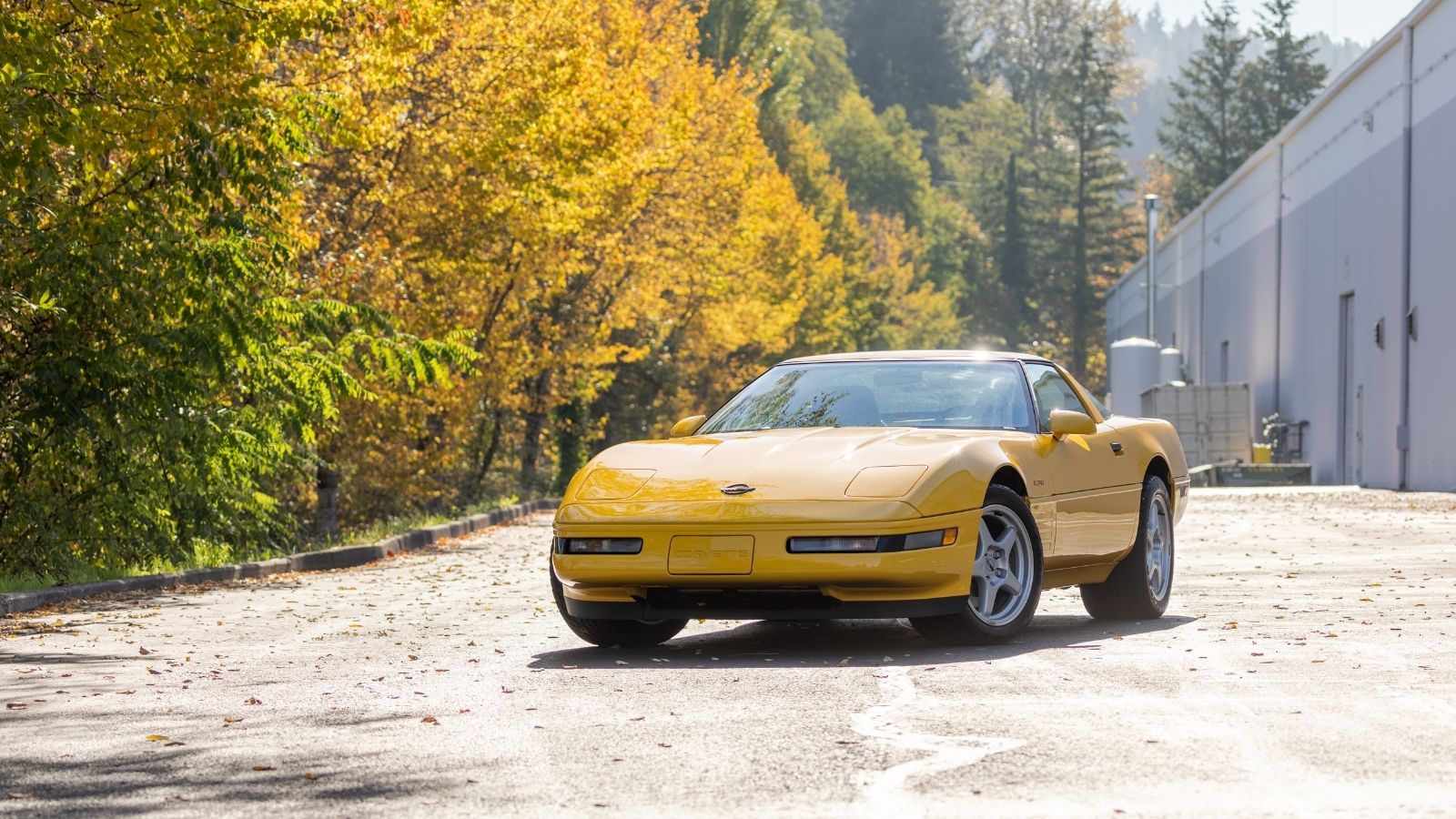
Chevrolet Corvette, a revolutionary car, was amongst the first to use a light fiberglass body in 1953. Not only did this body enhance the vehicle’s aesthetics, but it was also incredibly lightweight and strong. It reduced the weight and paved the way for better acceleration and performance. The overall production costs were also cut down, and this corrosion-resistant material became the norm for future models.
Mini Cooper

The Mini Cooper contributed significantly to the automotive industry with its compact design and innovative transverse engine layout. As a compact and relatively smaller vehicle, it did not compromise on exceptional handling and surprisingly provided enough cargo space. The Cooper was a unique vehicle applauded for its victory in international races and showcased the power of compact vehicles in the urban landscape.
Citroën Traction Avant

The Citroen Traction Avant was a revolutionary car introduced in the 1930s that popularized the front wheel drive. The hydraulic brake control and four-wheel independent suspension were also new in this vehicle. The front wheel drive and independent suspension became standard in vehicles for better handling and stability.
Porsche 356
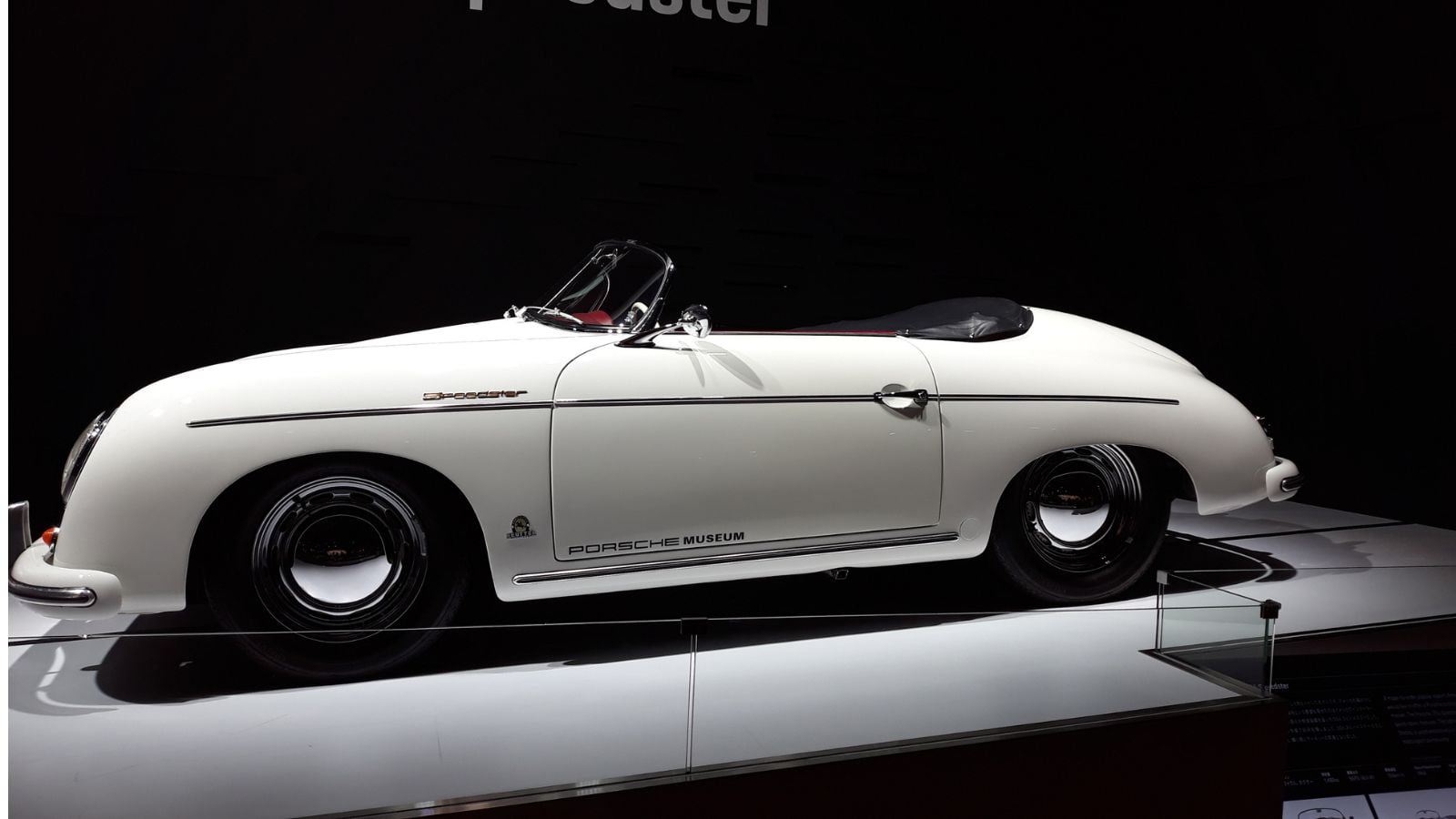
The Porsche 356’s chassis was entirely a novel design by Erwin Komenda. Introduced in 1948, it was marked by its low height, rounded shape, and innovative rear-engine layout. It may not have been the fastest car of its time, but it introduced a new level of handling and driver engagement. It popularised rear-engine designs, improving weight distribution and driving dynamics.
Lamborghini Miura
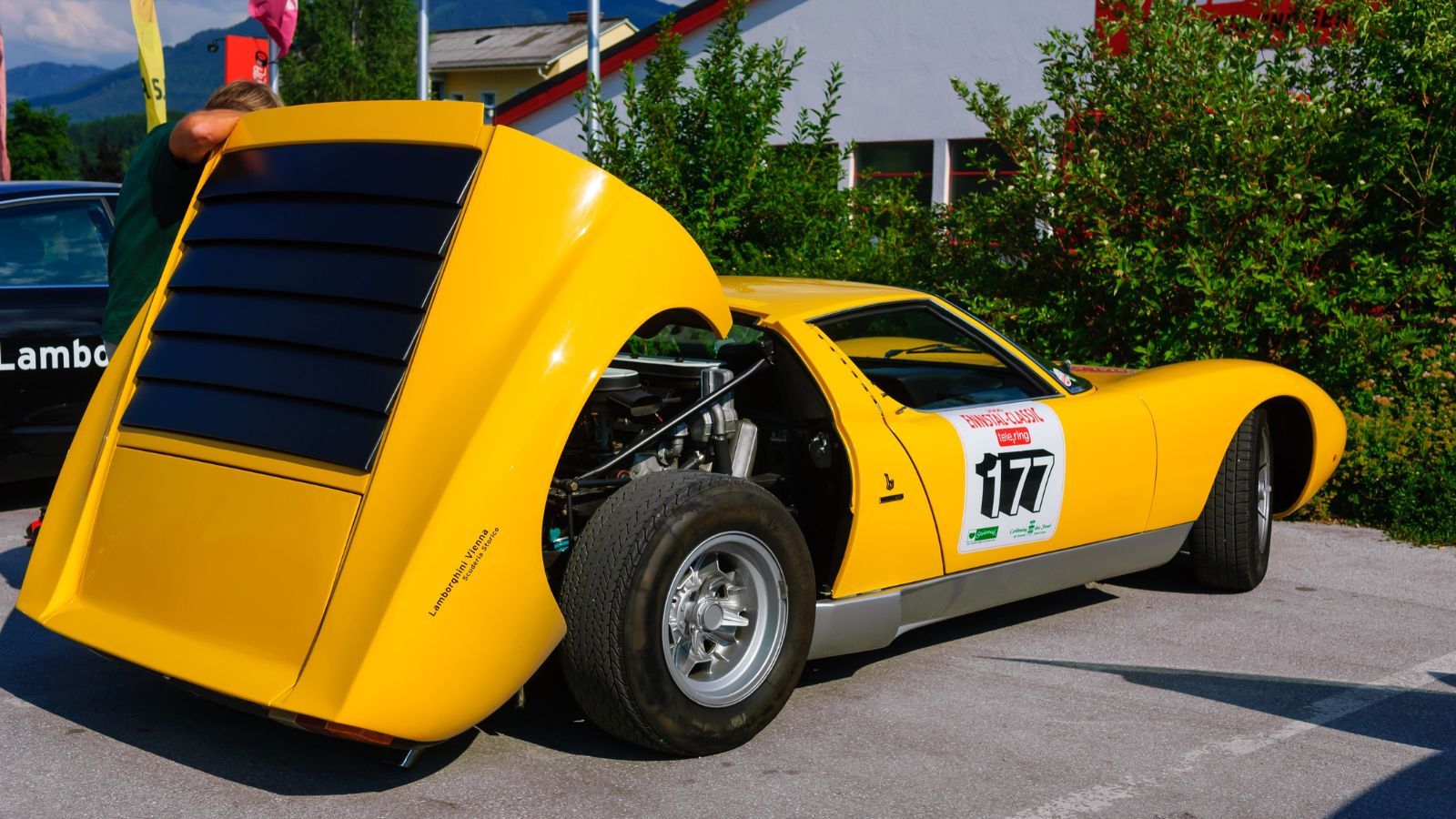
The Lamborghini Miura, introduced in the 1960s, was a revolutionary sports car with an innovative mid-engined layout. The Miura revolutionized sports car performance and aesthetics with its thundering V12 engine and sleek profile. Countless future sports cars were influenced by its mid-engine placement, which gave excellent balance and contributed to handling. Nicknamed “The Bull,” this combination of luxury, power, and enchanting beauty made it an emblem of automotive excellence and innovation.
Mercedes-Benz 300SL
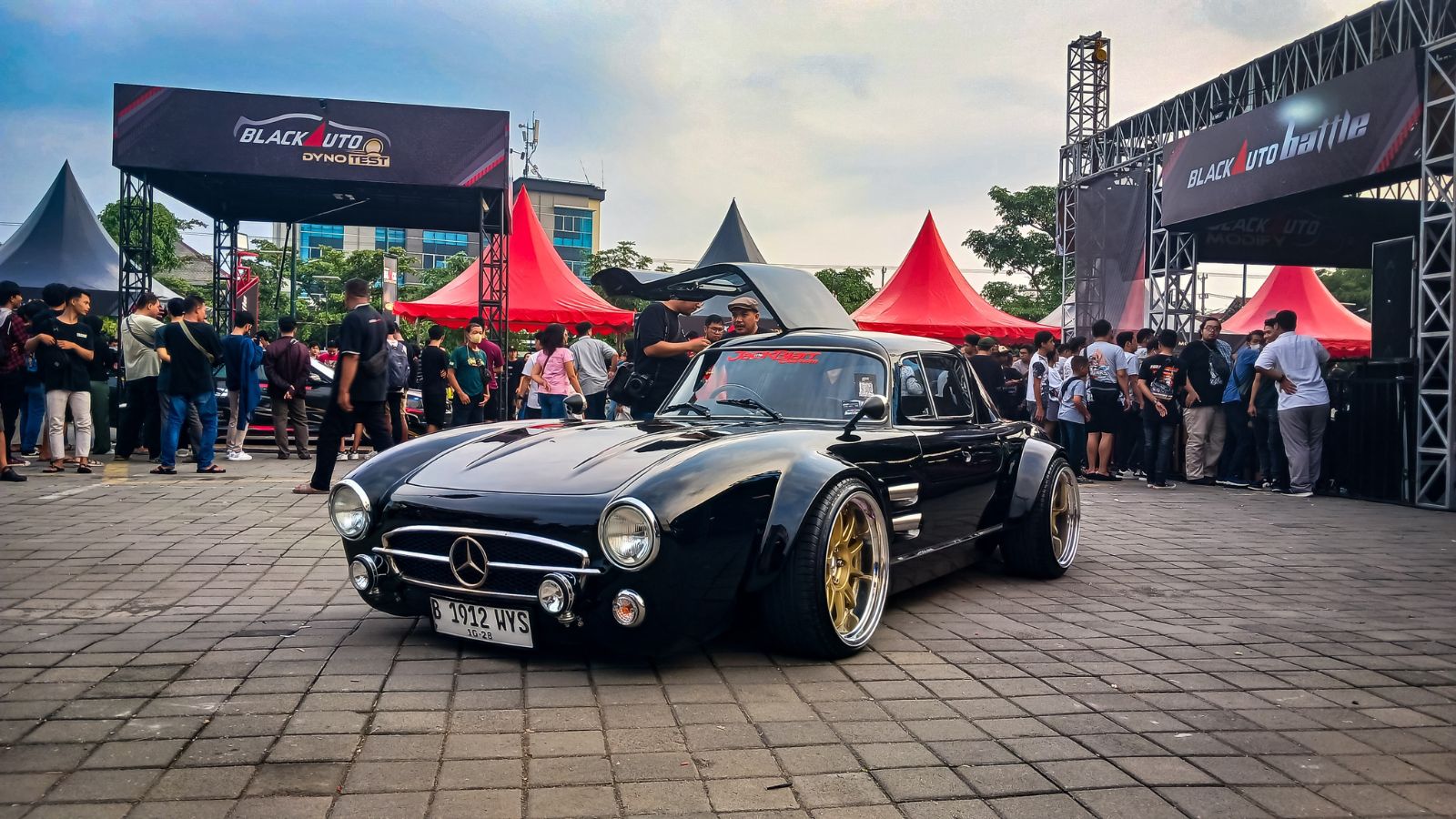
The Mercedes-Benz 300SL was introduced in 1952 as an innovative, sporty car with gullwing doors. At its time, this futuristic door style was applauded and appreciated by everyone due to its departure from conventional design. The gullwing doors were not only aesthetic in nature but also contributed to its aerodynamic design. They became a symbol of class and wealth, enhancing advanced engineering and setting future trends for sports cars.
Audi Quattro

Released in the 1980s, the Audi Quattro was a game changer with its Quattro all-wheel drive system, which has become standard in all Audi vehicles. The technology improved grip and traction on different types of terrain, leading to its widespread adoption in the automobile industry. Be it wet roads or snow-clad streets, it significantly contributed to its off-road capabilities. Its revolutionary powertrain became a standard feature in many contemporary cars, reshaping the face of high-performance and all-weather driving.
Toyota Mirai
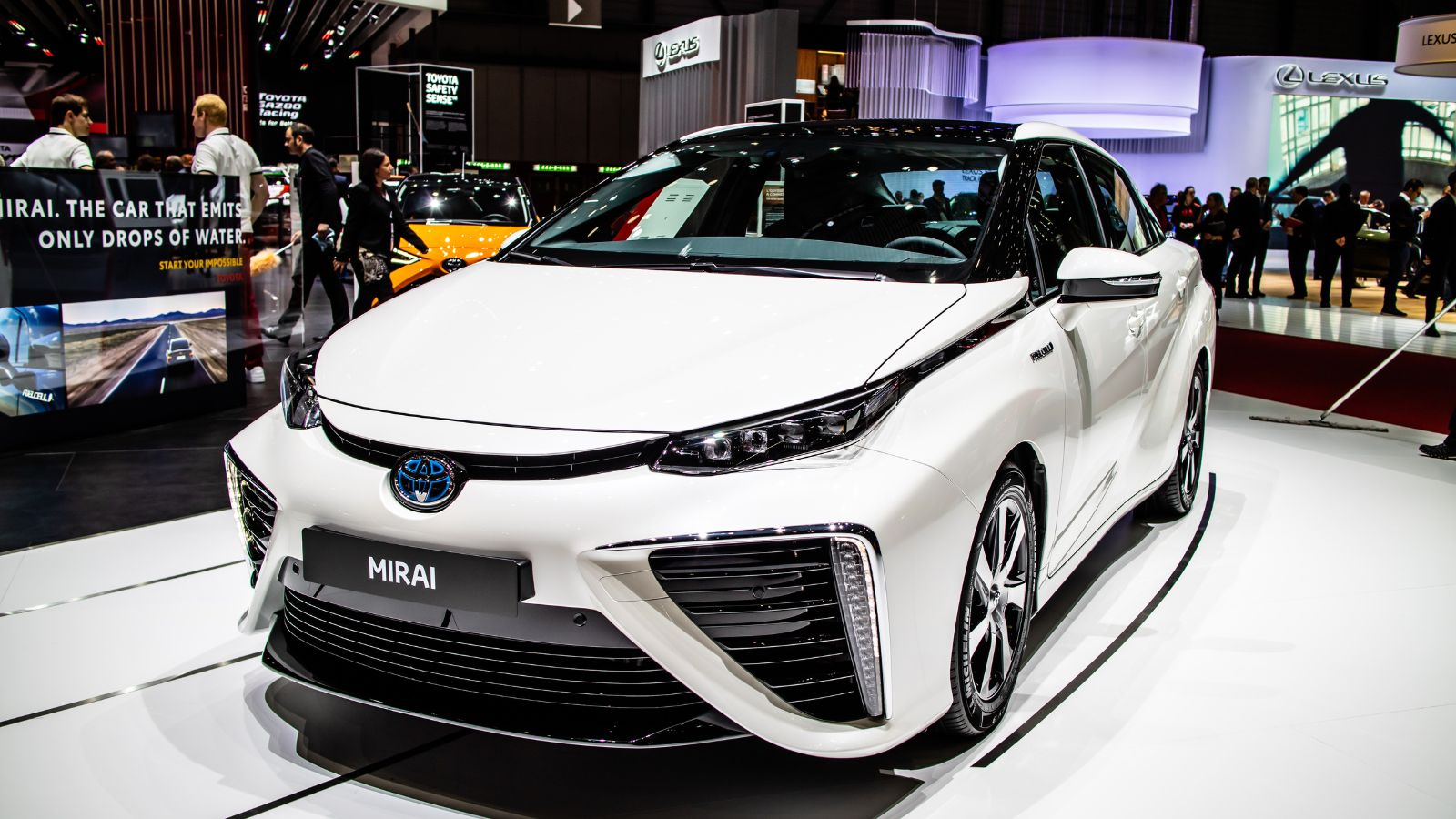
Toyota Mirai was a fascinating vehicle with its curved design and innovative technological breakthrough with the hydrogen fuel cell system. As one of the first commercialized hydrogen-powered automobiles, it offers an environmentally friendly option, with water vapor being its only emission. This approach to zero-emissions vehicles shows Toyota’s dedication to sustainability and has set a precedent for further developments in clean energy transit.
Range Rover Evoque

The Range Rover Evoque came into the market in 2011 and had an impact due to its luxury features and coupe-like silhouette. The attractive design combined functionality with aesthetics, thereby influencing modern SUVs. Gerry McGovern designed the Evoque with this innovative style. This ideal fusion of beauty and practicality has set trends for future SUVs.
DeLorean DMC-12

With its stylish stainless steel body and gullwing doors, the DeLorean DMC-12 had a revolutionary car design of the future. John DeLorean designed this car and became an icon after the “Back to the Future” film series. The DMC-12’s innovative use of stainless steel provided both durability and a distinctive look. Despite production difficulties, its importance for automotive styling and popular culture, representing nontraditional automobile designs, cannot be underestimated.
14 Supercars Under $100K That Deliver Breathtaking Speed and Style
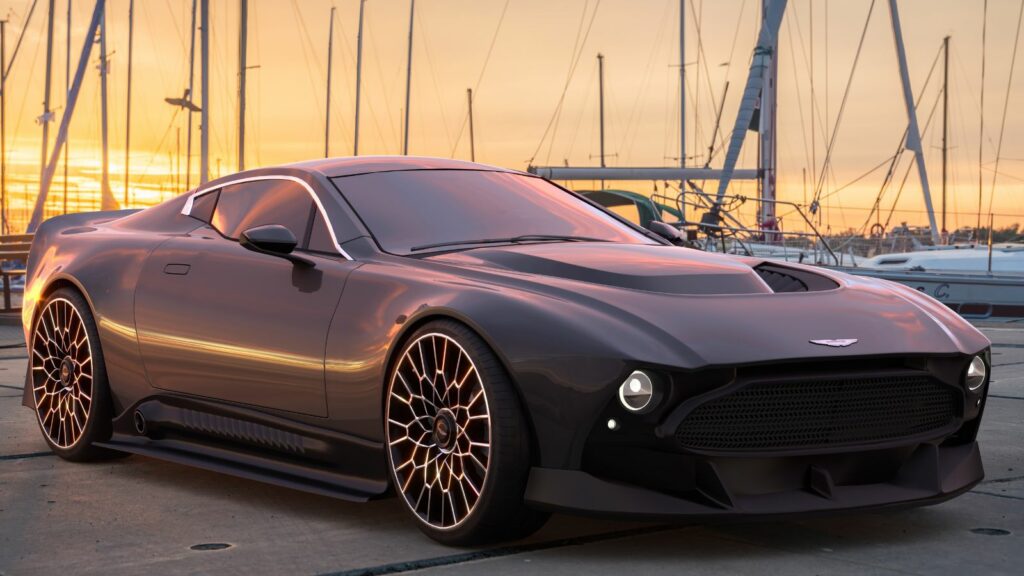
When you think of supercars, names like Ferrari, Lamborghini, and McLaren often come to mind, along with their staggering price tags. However, high-performance vehicles aren’t exclusively reserved for the super-rich. There exists a sweet spot where speed, style, and (relatively) sensible pricing converge, offering thrilling rides without completely obliterating your bank account. Hop in as we explore 14 underrated supercars under $100K.
14 Supercars Under $100K That Deliver Breathtaking Speed and Style
